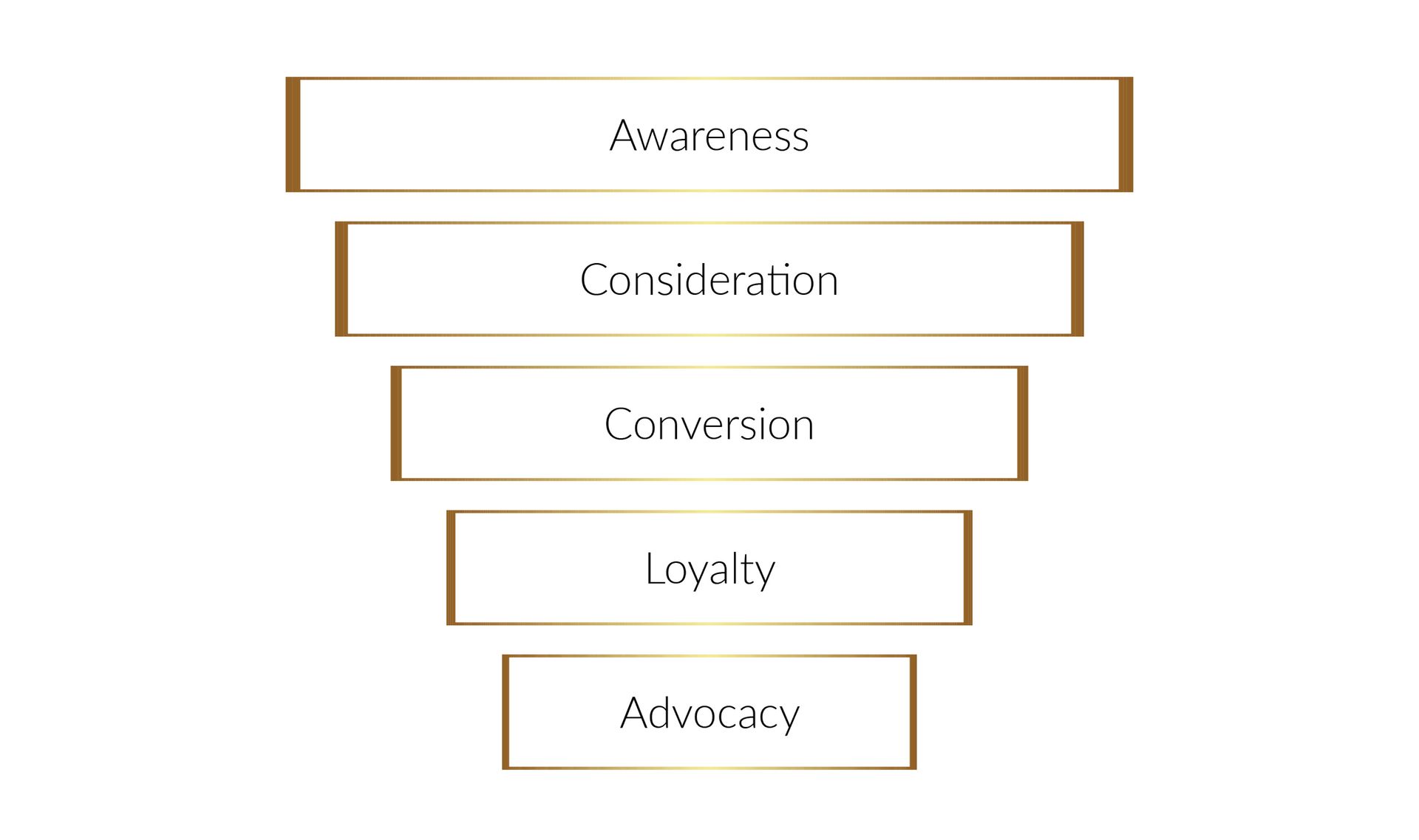Navigating the HR Landscape: Lessons from the Starbucks Case
Shaping a Fair Future: Visualizing Proactive HR Practices to Prevent Bias and Discrimination

The intersection of HR practices and legal considerations is a delicate balance that organizations must master to ensure a fair and equitable workplace. The recent case involving Starbucks, where a former employee claimed she was wrongfully terminated due to her race, serves as a reminder of the importance of proactive HR measures. In this blog, we delve into the lessons HR professionals can glean from this case and explore strategies to prevent similar situations.
Lessons from the Starbucks Case:
1. Maintaining Transparency and Documentation:
One crucial takeaway from the Starbucks case is the significance of maintaining transparency in employee terminations. HR professionals should ensure that all actions and decisions are well-documented, including the reasons behind termination. Clear documentation can help in defending the organization against potential claims of discrimination or bias. Learn more about Starbucks Documentation Issues.
2. Non-Discriminatory Policies and Training:
To prevent incidents like those faced by Starbucks, it's vital for organizations to establish and communicate non-discriminatory policies. HR should provide regular training to employees and managers on these policies, including topics such as racial bias awareness and sensitivity training. Training sessions can promote a culture of inclusion and awareness, helping employees make unbiased decisions.
3. Consistent Enforcement of Policies:
In the Starbucks case, the former employee claimed that she was terminated despite her uninvolved role in the incident. HR professionals should emphasize consistent enforcement of policies across the board. This can be achieved by conducting thorough investigations, considering all relevant factors, and avoiding knee-jerk reactions.
4. Diverse Hiring and Leadership Initiatives:
To foster an environment that values diversity and prevents bias, organizations should actively promote diversity in their hiring practices and leadership roles. HR professionals should implement strategies to attract and retain a diverse workforce, creating a culture where employees from various backgrounds feel valued and heard.
5. Open Channels of Communication:
Creating open channels of communication between HR, management, and employees is essential. HR professionals should encourage employees to report incidents of bias or discrimination without fear of retaliation. A culture of trust and open dialogue can address issues before they escalate.
6. Regular Review of HR Policies:
The Starbucks case underscores the need for organizations to periodically review and update HR policies to align with evolving legal standards and societal norms. HR professionals should stay informed about the latest legal developments and adapt policies accordingly.
The Starbucks case serves as a poignant reminder of the critical role HR professionals play in shaping a fair and inclusive workplace. By prioritizing transparency, training, consistent policy enforcement, diversity initiatives, open communication, and policy reviews, HR can mitigate the risk of finding themselves in a similar situation. As the corporate landscape continues to evolve, HR's dedication to these principles will contribute to fostering a workplace where employees are treated with respect and equity.
Citations:
Starbucks ordered to pay over $25 million to white former manager who claimed racial discrimination
Court Case Filed
Court Documents




